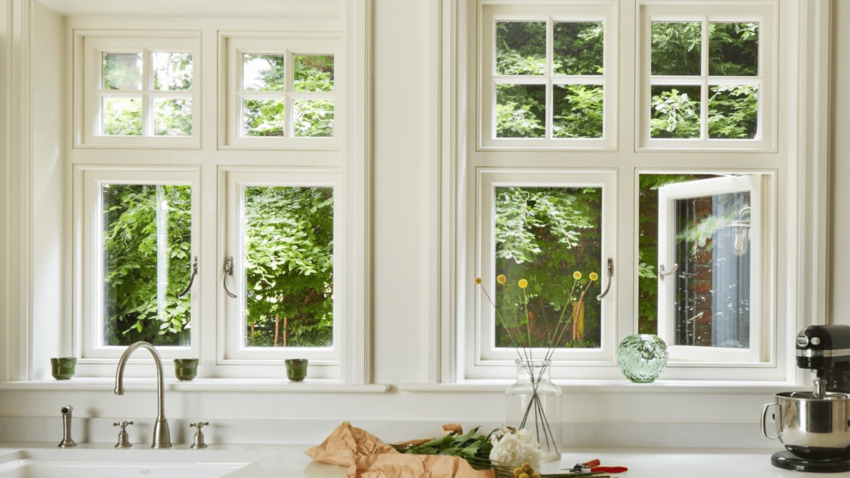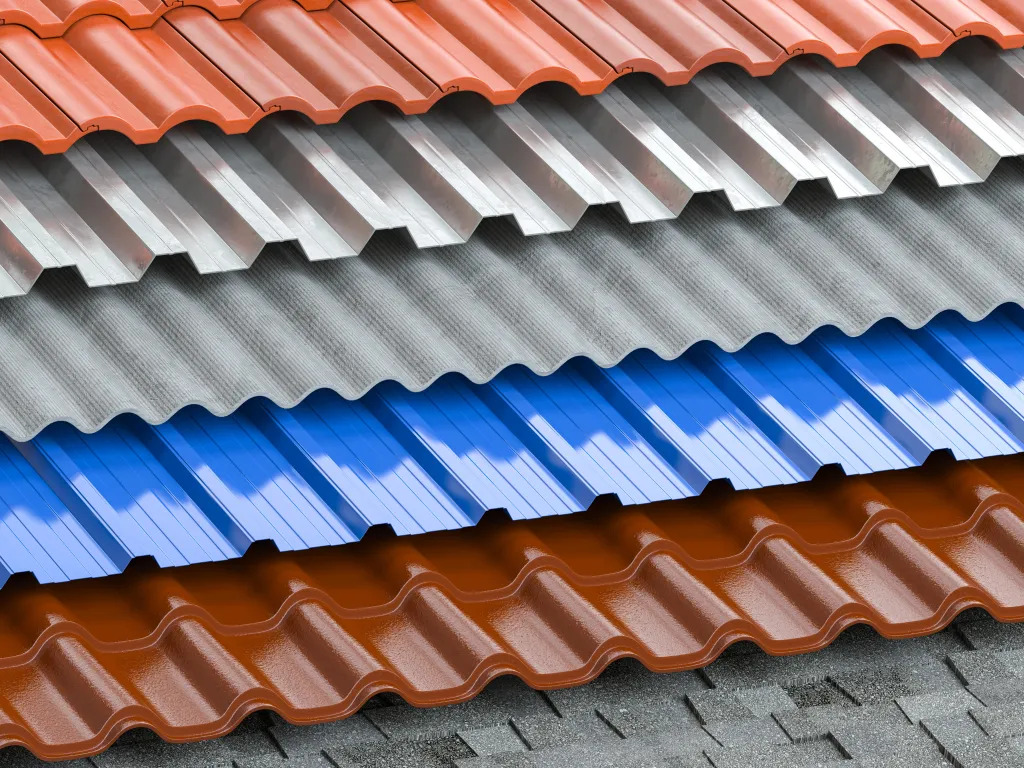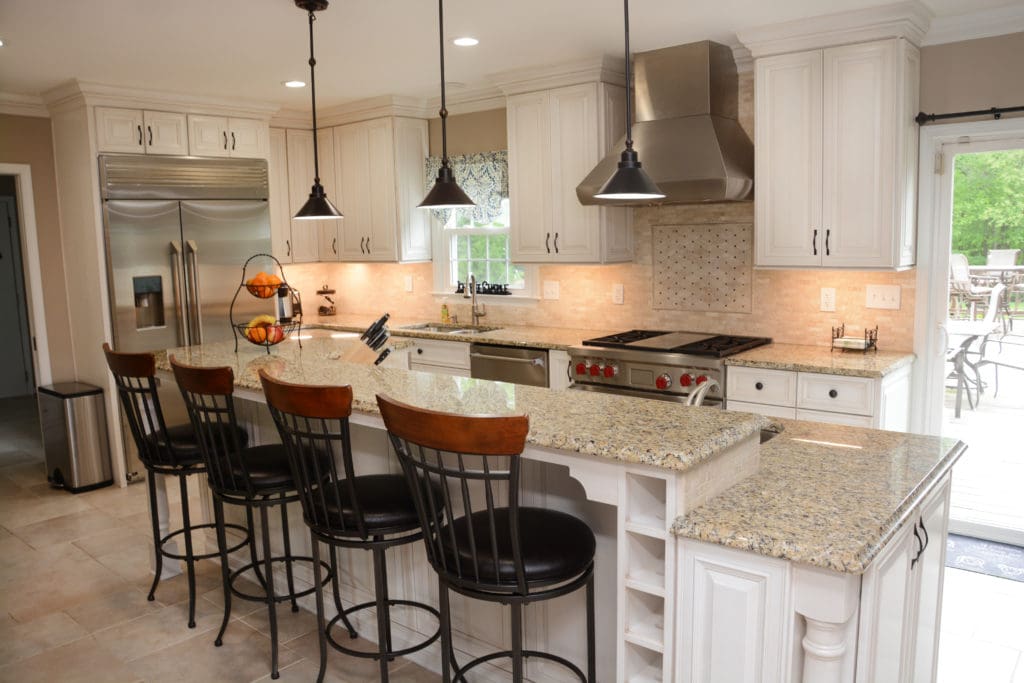Renovating windows can significantly enhance the appearance, energy efficiency, and value of a home. This guide will provide an in-depth look at the key aspects of window renovation in the USA, including types of windows, materials, costs, benefits, and steps involved in the renovation process.
1. Understanding Window Renovation
What is Window Renovation?
- Window renovation involves updating or replacing existing windows to improve functionality, aesthetics, and energy efficiency. This can include repairing damaged windows, installing new panes, upgrading to double or triple glazing, and more.
Why Renovate Windows?
- Energy Efficiency: Modern windows can significantly reduce energy bills by improving insulation.
- Aesthetics: New windows can update the look of your home, both inside and out.
- Noise Reduction: Better-insulated windows can reduce outside noise.
- Increased Property Value: Renovating windows can increase the overall value of your home.
- Comfort: Improved windows can help maintain a consistent indoor temperature.
2. Types of Windows
Single-Hung and Double-Hung Windows
- Single-Hung: The bottom sash moves up and down, while the top sash is fixed.
- Double-Hung: Both the top and bottom sashes can move up and down, offering better ventilation.
Casement Windows
- Hinged at the side and open outward like a door, offering excellent ventilation and clear views.
Sliding Windows
- Operate on a track, sliding horizontally, which is ideal for rooms with limited space.
Bay and Bow Windows
- Bay Windows: Comprise three windows angled outwards.
- Bow Windows: Made up of four or more windows creating a curved appearance.
Awning Windows
- Hinged at the top and open outward, providing good ventilation even during rain.
Picture Windows
- Fixed windows that do not open, ideal for views and allowing maximum light.
Skylights
- Installed in the roof, bringing natural light into spaces that might otherwise be dark.
3. Window Materials
Wood
- Offers a traditional and aesthetically pleasing look but requires regular maintenance.
Vinyl
- Affordable, energy-efficient, and low maintenance, but may not offer the same aesthetic appeal as wood.
Aluminum
- Durable and low maintenance but less energy-efficient due to high heat transfer.
Fiberglass
- Extremely durable, energy-efficient, and low maintenance, though often more expensive.
Composite
- Made from a combination of materials, offering the benefits of each (e.g., wood and vinyl).
4. Cost of Window Renovation
Factors Affecting Cost
- Type of Window: Custom shapes and sizes cost more.
- Material: Wood and fiberglass are typically more expensive than vinyl.
- Glazing Options: Double or triple glazing increases costs.
- Labor: Professional installation adds to the cost.
- Location: Prices can vary depending on regional labor costs and availability of materials.
Average Costs
- Single-Hung Windows: $100 – $400 per window.
- Double-Hung Windows: $150 – $600 per window.
- Casement Windows: $200 – $1,000 per window.
- Bay/Bow Windows: $1,000 – $5,000 per window.
5. Benefits of Window Renovation
Energy Savings
- Energy-efficient windows can significantly reduce heating and cooling costs.
Enhanced Home Value
- Renovated windows can increase the market value of your home.
Improved Comfort
- Better insulation provides a more consistent indoor climate.
Noise Reduction
- High-quality windows can reduce outside noise, creating a quieter indoor environment.
Environmental Impact
- Energy-efficient windows reduce your home’s carbon footprint.
6. Steps in the Window Renovation Process
Assessment
- Evaluate the condition of your current windows and decide whether to repair or replace them.
Budgeting
- Determine your budget based on the types and number of windows, materials, and labor costs.
Choosing Windows
- Select the type, material, and style of windows that meet your needs and preferences.
Hiring a Contractor
- Find a reputable contractor with experience in window renovation. Get multiple quotes and check references.
Installation
- The contractor will remove old windows and install new ones, ensuring proper fit and insulation.
Finishing Touches
- Once installed, ensure that the windows are properly sealed and caulked. Clean up and dispose of old windows.
7. Tips for a Successful Window Renovation
Plan Ahead
- Research and plan your renovation well in advance to avoid delays and unexpected costs.
Choose Energy-Efficient Options
- Look for windows with the ENERGY STAR label for better energy efficiency.
Consider Maintenance
- Choose materials that match your willingness and ability to perform maintenance.
Get Multiple Quotes
- Obtain estimates from several contractors to ensure competitive pricing and quality work.
Check for Rebates and Incentives
- Some states and local utilities offer rebates or incentives for installing energy-efficient windows.
8. Conclusion
Window renovation is a valuable investment for any homeowner. By understanding the different types of windows, materials, costs, and benefits, you can make informed decisions that enhance the comfort, efficiency, and value of your home. Whether you’re aiming to reduce energy bills, improve aesthetics, or increase property value, a well-executed window renovation can provide significant long-term benefits.




